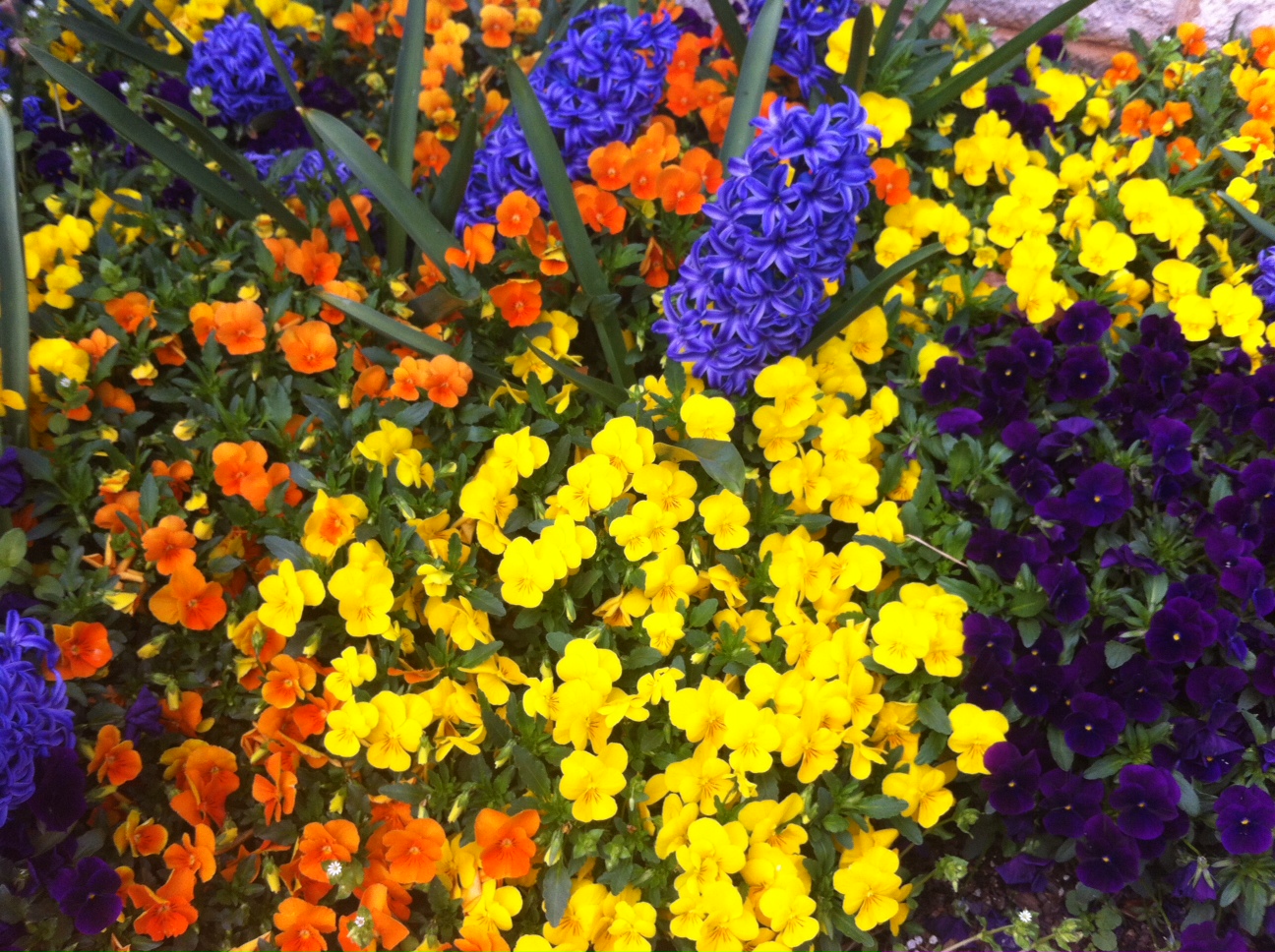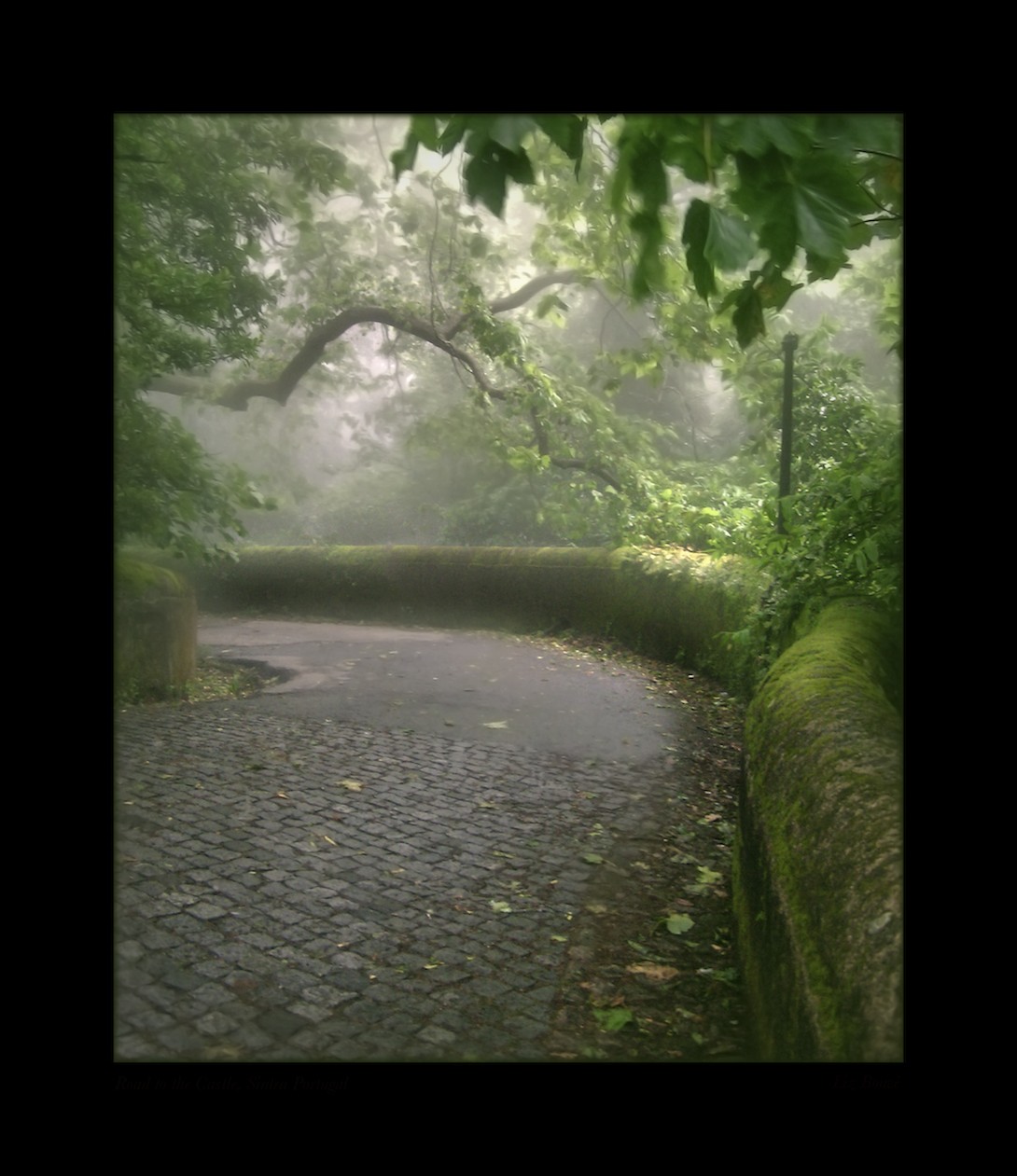
A sanctuary is three things: a place, a time, and a state of mind. A sanctuary is a place of safety or healing or transformation, usually a holy place. Sanctuary is a time when warfare or strife stops, a time when enmity can cease and reconciliation ensues, at least for the moment, and a time for reflection. Sanctuary is a state of mind, in an individual, a group, or a culture. It is a moment of rest, a moment when healing can occur, when we can stop long enough to get our bearings again, to find our center, and to set our course anew.
Every civilization has had some kind of sanctuary system. In medieval Europe, there were feast days when no one worked—and all fighting stopped. This was called “The Peace of God.” The church or cathedral was itself a sacred sanctuary. It was forbidden to kill someone who was in a cathedral. In ancient Hawaii, the heiau was a place of sanctuary. During a time of war between the tribes, if a man could get to a heiau, he was allowed to stay unharmed for three days. You can still see the heiau called “The City of Refuge” on the Big Island. There is a hunger for sanctuary: a hunger to talk about it, a hunger to know about it, and most of all a hunger to find it. It is almost as if, in our intense search for all the many kinds of well-being, we have nearly lost one of the most precious kinds of well-being of all. We have lost our ability to find sanctuary—real, true, healing, transforming, and deeply comforting sanctuary—in our lives.
Sometimes the sanctuary is in a small corner of our house; an alter with a crucifix, or a puja table in India with flowers, incense, and a picture on it, or a prayer window looking out into a garden. Sometimes it is a time and a ritual, like evening prayers for the Jew or one of the five times of prayer for the Muslim. Sometimes it is a practice, like stopping in the park to feed pigeons on the way home from work at the end of the day or having a quiet cup of coffee in the staff room of a busy corporation. Not always, but often enough to keep us engaged, these moments take us to a place we call our true home. We are rested and renewed. We say, “Now I am more myself. again.” Sanctuary enables us to stop, hide, get away, rest, and become “more myself again.”
Finally, sanctuary enables us to grow by engaging and encountering something inner or other, and then return. There is a close relationship between sanctuary and learning. We have identified sanctuary as refuge, yet sanctuary can also mean challenge and learning. Learning occurs both within the context of what is to be learned, and apart from it. One has to have direct experience, but also reflection from a place of disengagement. The place of disengagement is a temporary sanctuary.
There is a key insight to be offered at this point. We are most likely to be aligned with and benefit from the opportunities offered in a sanctuary when challenge and support are balanced. As Nevitt Sanford (1966) suggested many years ago, we learn and thrive in settings that allow not only for the presence of difficult issues but also for resources that are adequate to resolve these issues. According to Csikszentmihalyi (1990) work and life in an organization or community can often be either quite boring or profoundly anxiety provoking. It is in the threshold between boredom and anxiety that we find rich occasions for personal and collective learning.







